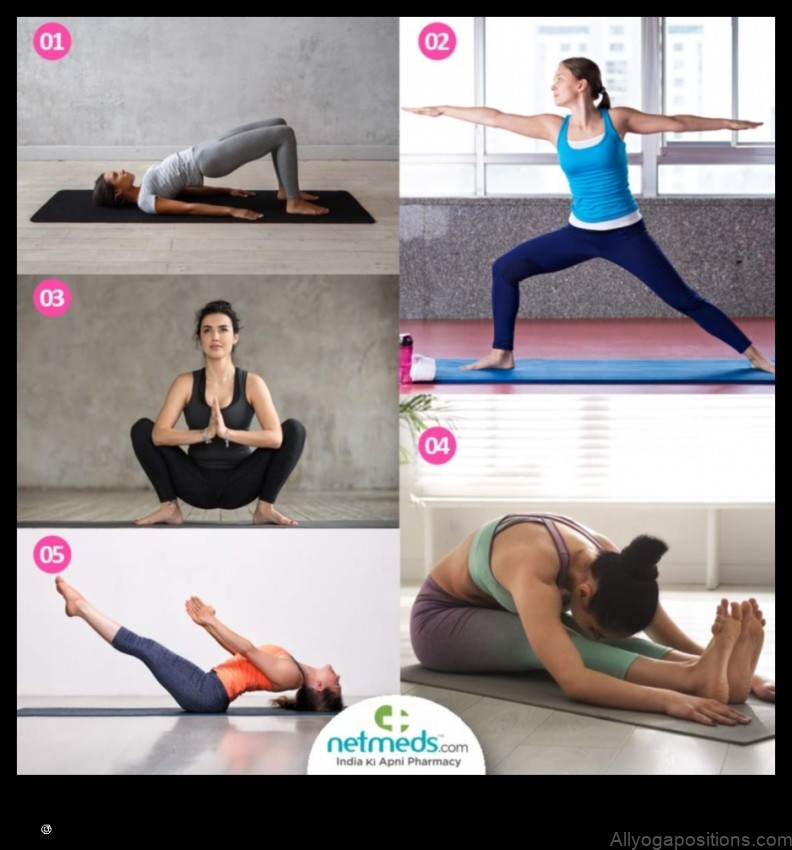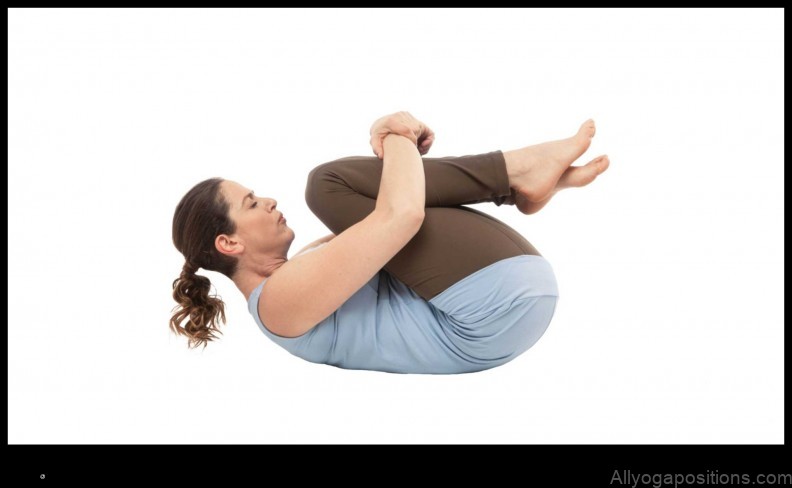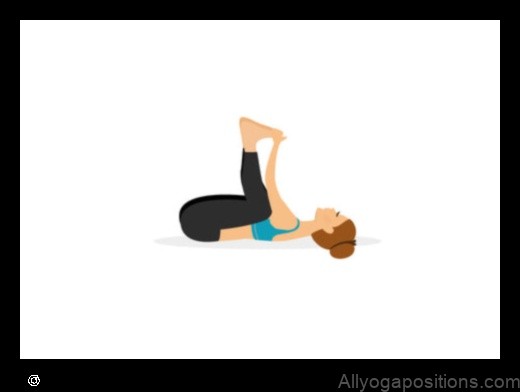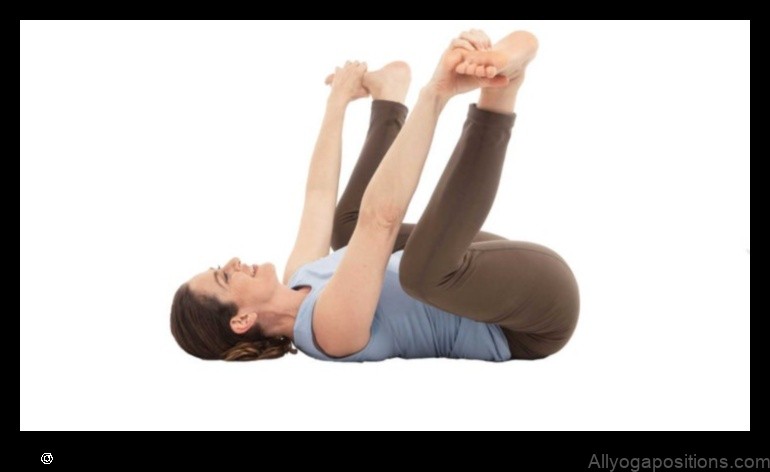
Yoga for Bladder Health
Bladder health is essential for overall well-being. Yoga is a mind-body practice that has been shown to have a number of benefits for bladder health, including reducing incontinence, urgency, and frequency.
This article will discuss the benefits of yoga for bladder health, how to do yoga for bladder control, and tips for practicing yoga safely.

Benefits of Yoga for Bladder Health
Yoga can help to improve bladder health in a number of ways.
- Yoga can help to strengthen the pelvic floor muscles, which support the bladder and help to prevent incontinence.
- Yoga can help to reduce stress and anxiety, which can both contribute to bladder problems.
- Yoga can help to improve blood flow to the pelvic area, which can help to reduce inflammation and pain.
- Yoga can help to improve overall flexibility and mobility, which can make it easier to go to the bathroom.
If you are experiencing bladder problems, yoga can be a helpful way to improve your symptoms. Talk to your doctor about whether yoga is right for you.
How to Do Yoga for Bladder Control
There are a number of yoga poses that can help to improve bladder control. Some of the most beneficial poses include:
- Child’s pose
- Knee-to-chest pose
- Cat-cow pose
- Bridge pose
- Pelvic tilt
You can also practice breathing exercises and relaxation techniques to help improve bladder control. Some of the most helpful breathing exercises include:
- Diaphragmatic breathing
- Alternate nostril breathing
- Breathing into the belly
For more information on how to do yoga for bladder control, talk to your doctor or a yoga instructor.

Tips for Practicing Yoga Safely
When practicing yoga for bladder control, it is important to listen to your body and stop if you experience any pain. It is also important to drink plenty of water before and after your yoga practice.
Here are some additional tips for practicing yoga safely:
- Start slowly and gradually increase the intensity of your practice over time.
- Choose poses that are comfortable for you and avoid those that cause pain.
- Listen to your body and stop if you experience any pain.
- Stay hydrated by drinking plenty of water before, during, and after your yoga practice.
By following these tips, you can safely practice yoga and improve your bladder health.

FAQ
Q: What are some of the most common bladder problems?
- Urinary incontinence
- Urinary urgency
- Urinary frequency
- Bladder pain
- Bladder spasms
Q: What are the causes of bladder problems?
- Weak pelvic floor muscles
- Stress and anxiety
- Medications
- Medical conditions
- Pregnancy and childbirth
Q: How can yoga help with bladder problems?
- Yoga can help to strengthen the pelvic floor muscles, which support the bladder and help to prevent incontinence.
- Yoga can help to reduce stress and anxiety, which can both contribute to bladder problems.
- Yoga can help to improve blood flow to the pelvic area, which can help to reduce inflammation and pain.
- Yoga can help to improve overall flexibility and mobility, which can make it easier to go to the bathroom.
| Feature | Answer |
|---|---|
| Bladder health | The ability to control urination |
| Yoga for bladder health | Yoga poses and breathing exercises that can help to improve bladder control |
| Yoga poses for bladder health | Child’s pose, cat/cow pose, bridge pose, pelvic tilt, and seated forward bend |
| Benefits of yoga for bladder health | Strengthens pelvic floor muscles, reduces stress and anxiety, improves circulation |
| How to do yoga for bladder health | Start with gentle poses and gradually increase the intensity as your strength improves |
II. What is bladder control?
Bladder control is the ability to hold urine until you are able to get to a toilet. When you have bladder control, you can:
- Hold your urine for a few hours without having to go to the bathroom
- Go to the bathroom when you want to, not when you have to
- Avoid leaking urine when you cough, sneeze, laugh, or exercise
Bladder control problems, also called urinary incontinence, can occur when the muscles that support the bladder and urethra are weak or damaged. This can cause urine to leak out when you cough, sneeze, laugh, or exercise. Bladder control problems can also be caused by other conditions, such as diabetes, stroke, and multiple sclerosis.
III. Why is yoga good for bladder control?
Yoga is good for bladder control because it can help to strengthen the pelvic floor muscles, which support the bladder and help to prevent incontinence. Yoga can also help to reduce stress and anxiety, which can both contribute to bladder problems.
Specific yoga poses that can help with bladder control include:
- Kegel exercises
- Bridge pose
- Child’s pose
- Pigeon pose
- Supine pelvic tilt
Yoga can also help to improve bladder control by reducing stress and anxiety. Stress and anxiety can both lead to increased urination, urgency, and frequency. Yoga can help to reduce stress and anxiety by providing a calming and relaxing experience.
Yoga is a safe and effective way to improve bladder control. It is a natural and holistic approach that can help to relieve symptoms and improve your quality of life.
IV. How does yoga help with bladder control?
Yoga can help with bladder control in a number of ways.
- Yoga can help to strengthen the pelvic floor muscles, which support the bladder and help to prevent incontinence.
- Yoga can help to reduce stress and anxiety, which can both contribute to bladder problems.
- Yoga can help to improve blood flow to the pelvic area, which can help to reduce inflammation and pain.
- Yoga can help to improve overall health and well-being, which can lead to a decrease in bladder problems.
Yoga is a safe and effective way to improve bladder control. If you are experiencing bladder problems, talk to your doctor about whether yoga could be a helpful addition to your treatment plan.
V. What are the benefits of yoga for bladder control?
Yoga has been shown to have a number of benefits for bladder control, including:
- Strengthening the pelvic floor muscles
- Reducing stress and anxiety
- Improving blood flow to the pelvic area
- Releasing tension in the pelvic muscles
- Promoting relaxation
These benefits can help to improve bladder control by reducing the risk of incontinence, urgency, and frequency. Yoga can also help to relieve symptoms of bladder problems, such as pain, spasms, and urgency.
In addition, yoga can help to improve overall health and well-being, which can also contribute to better bladder control.
II. What is bladder control?Bladder control is the ability to hold urine until you are able to reach a toilet. When you have bladder control, you can:
- Go to the bathroom when you need to, without leaking urine
- Hold your urine for a few hours, if necessary
- Sleep through the night without having to get up to use the bathroom
Bladder control is important for your health and well-being. When you have bladder control, you can:
- Participate in activities without worrying about leaking urine
- Have a more active social life
- Feel more confident and independent
If you are experiencing problems with bladder control, there are a number of treatments available that can help you to regain control of your bladder.
VII. How to do yoga for bladder control
Yoga is a mind-body practice that can help to improve bladder health in a number of ways. Yoga can help to strengthen the pelvic floor muscles, which support the bladder and help to prevent incontinence. Yoga can also help to reduce stress and anxiety, which can both contribute to bladder problems.
There are a number of yoga poses that can help to improve bladder health. Some of the most beneficial poses include:
- Child’s pose
- Downward-facing dog
- Pelvic tilt
- Knee-chest pose
- Bridge pose
In addition to these poses, yoga also includes breathing exercises and relaxation techniques that can help to improve bladder health.
If you are experiencing bladder problems, it is important to talk to your doctor before starting a yoga practice. Yoga can be a great way to improve bladder health, but it is important to make sure that you are doing the poses correctly and that you are not doing anything that could aggravate your symptoms.
Yoga poses for bladder control
VIII. Yoga poses for bladder control
The following yoga poses can help to improve bladder control:
- Kegel exercises
- Cat/cow pose
- Child’s pose
- Bridge pose
- Pigeon pose
- Supine hamstring stretch
- Seated forward bend
- Supta baddha konasana
- Uttanasana
These poses can help to strengthen the pelvic floor muscles, which support the bladder and help to prevent incontinence. They can also help to reduce stress and anxiety, which can both contribute to bladder problems.
It is important to consult with a doctor before starting any new exercise program, especially if you have any underlying health conditions.
Here are some tips for practicing yoga for bladder control:
- Start slowly and gradually increase the intensity of your practice over time.
- Listen to your body and avoid poses that cause discomfort or pain.
- Focus on your breathing and relax your muscles during your practice.
- Practice yoga regularly to see the best results.
If you have any concerns about practicing yoga for bladder control, talk to your doctor before starting a yoga practice.
FAQ
Q: What is bladder control?
A: Bladder control is the ability to hold urine until you are able to get to a bathroom. When you have bladder control, you can:
- Go to the bathroom when you need to, without leaking urine.
- Hold your urine for a period of time, without leaking urine.
- Avoid having accidents when you cough, sneeze, laugh, or exercise.
Q: Why is yoga good for bladder control?
A: Yoga can help with bladder control in a number of ways:
- Yoga can help to strengthen the pelvic floor muscles, which support the bladder and help to prevent incontinence.
- Yoga can help to reduce stress and anxiety, which can both contribute to bladder problems.
- Yoga can help to improve circulation and blood flow to the pelvic area, which can help to relieve pain and discomfort.
Q: What are the benefits of yoga for bladder control?
A: Yoga can provide a number of benefits for people with bladder control problems, including:
- Reduced urinary incontinence
- Reduced urinary urgency
- Reduced urinary frequency
- Improved bladder control
- Reduced pain and discomfort
- Improved quality of life
Table of Contents
Maybe You Like Them Too
- Stress Less, Meditate More 5 Simple Techniques for Relaxation
- Wisdom in Motion Yoga for Inner Insight Discover the ancient practice of yoga and how it can help you achieve greater mindfulness, clarity, and peace of mind.
- Mindful Budgeting How to Achieve Financial Wellness Through Meditation
- Blissful Backbends Yoga for Opening Up Your Body and Mind
- Radiant Roots Yoga for Grounded StabilityFind your inner balance and strength with this gentle yoga practice.
